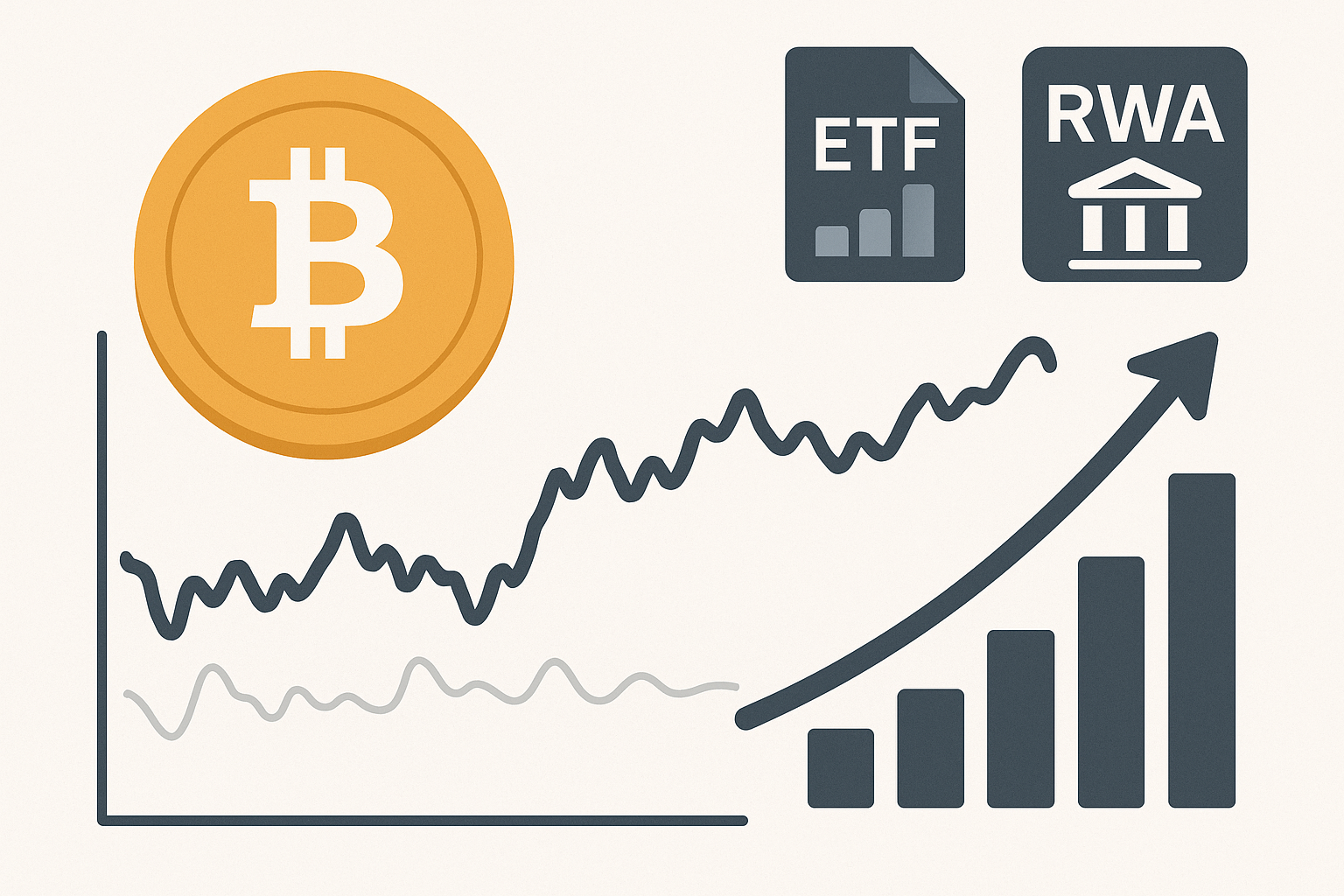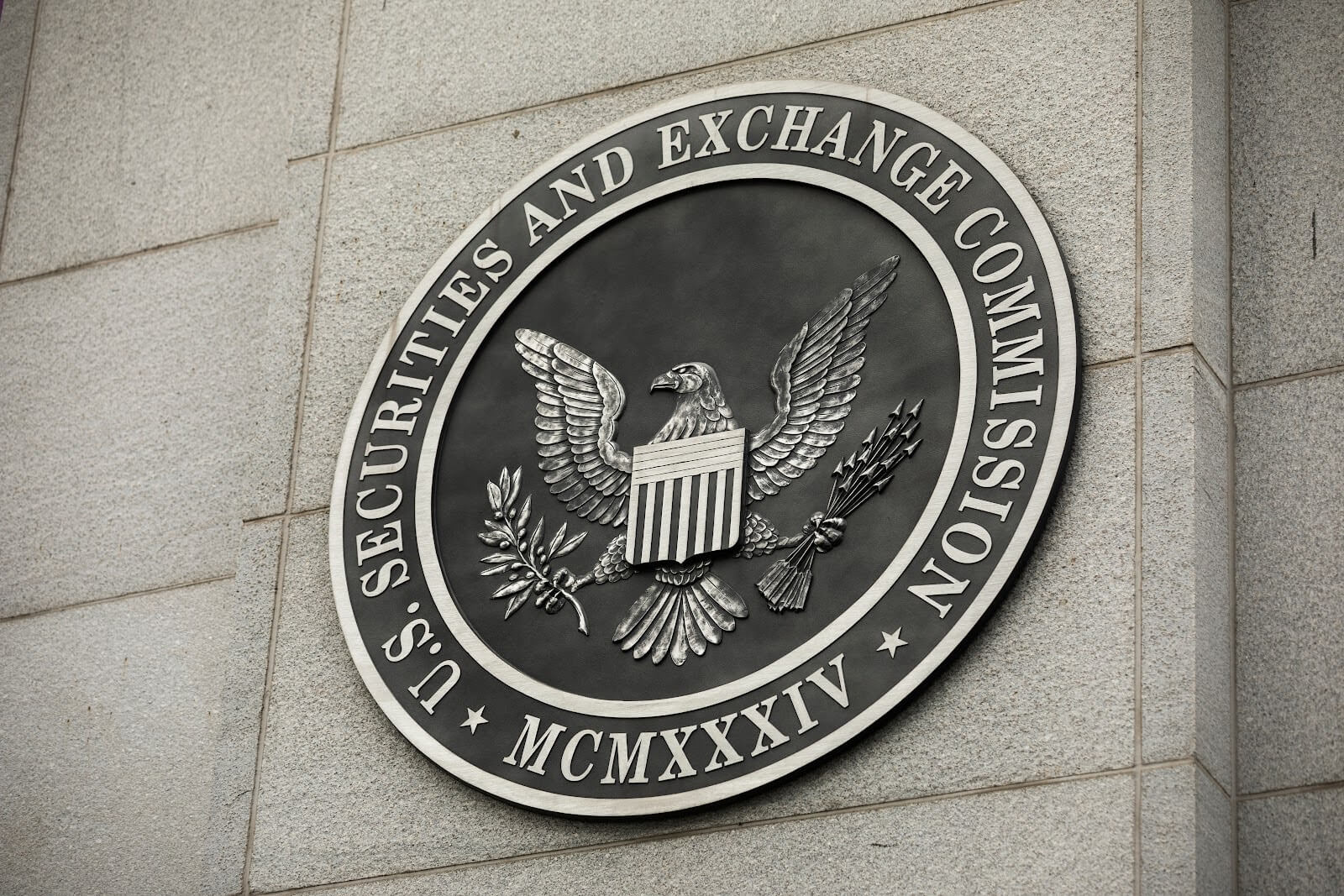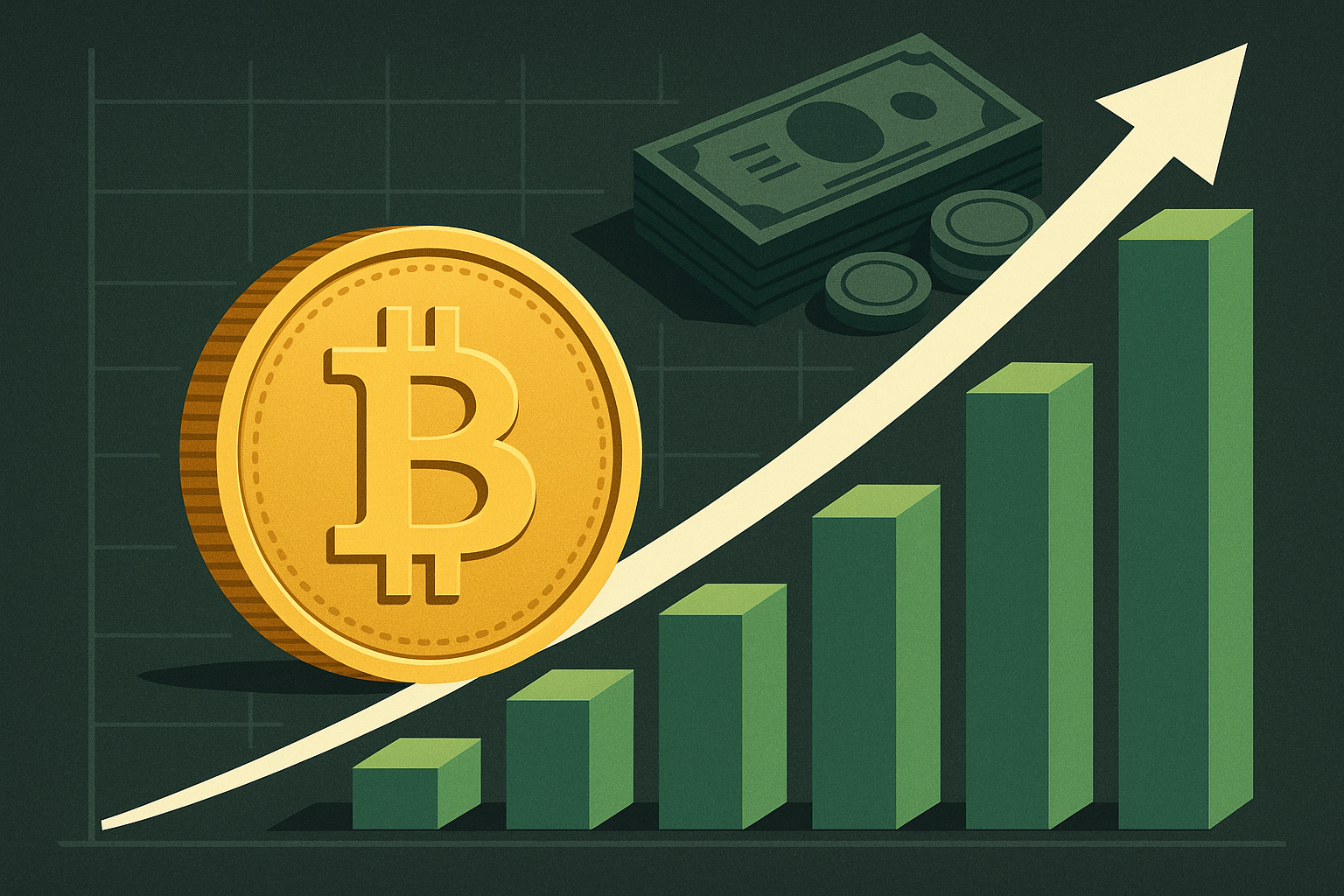
- Babylon and Aave partner to enable native BTC as collateral for DeFi lending.
- BTC can now back decentralised insurance pools, earning yield if unused.
- Users retain full control of their Bitcoin while accessing DeFi liquidity.
In a groundbreaking move for the decentralised finance (DeFi) ecosystem, Bitcoin staking platform Babylon has announced a partnership with Aave, one of the largest decentralised lending protocols.
The collaboration aims to allow Bitcoin (BTC) holders to use their native, unwrapped BTC as collateral for lending and to participate in a pioneering DeFi insurance model.
This will reshape how Bitcoin interacts with DeFi, unlocking liquidity while maintaining the security that Bitcoin users expect.
Native Bitcoin collateral comes to DeFi
Traditionally, using Bitcoin in DeFi required wrapping it into a tokenised version such as WBTC, which introduced custodial risk and extra steps. Babylon’s partnership with Aave eliminates this barrier by enabling users to deposit their native BTC directly as collateral.
Through Babylon’s trustless Bitcoin Vaults, BTC can be locked in a time-locked contract on its own blockchain and recognised by Aave’s hub-and-spoke lending architecture.
This allows users to borrow stablecoins or other crypto assets while keeping full control of their Bitcoin keys.
The move is expected to significantly expand BTC liquidity in DeFi. Currently, even the largest wrapped Bitcoin initiatives account for less than 1% of Bitcoin’s total market cap.
Babylon’s own staking product secures over 56,000 BTC, demonstrating strong demand for productive uses of Bitcoin.
By unlocking native BTC for lending, the partnership could bring a substantial portion of the dormant Bitcoin supply into productive DeFi applications, potentially transforming lending markets.
DeFi insurance backed by Bitcoin
Beyond lending, Babylon is preparing to extend its vaults into the insurance sector, a development that could redefine how DeFi protocols manage risk.
The proposed model allows BTC holders to deposit their Bitcoin into decentralised insurance pools.
These pools would serve as coverage against protocol hacks and other failures. Depositors earn yield if no claims occur, while the pool provides liquidity for payouts in the event of a validated exploit.
This approach turns Bitcoin into a foundational asset for DeFi risk management, offering a new avenue for yield generation while safeguarding the ecosystem.
Babylon co-founder David Tse told CoinDesk that the insurance initiative is still in development, with an official announcement expected in January 2026.
Testing for the integrated BTC lending and insurance products is scheduled to begin in early 2026, with a broader rollout planned around April of the same year.
The combination of Babylon’s secure vault design and Aave’s extensive liquidity network creates a framework that prioritises both safety and usability, a balance often missing in cross-chain and custodial solutions.
Transforming Bitcoin’s role in DeFi
This partnership addresses longstanding challenges in Bitcoin DeFi adoption.
By removing the need for wrapped assets and custodial intermediaries, it reduces systemic risk while enabling Bitcoin holders to put their capital to work more efficiently.
Users can participate in lending and insurance activities without relinquishing control of their Bitcoin, aligning with the core principles of security and decentralisation that have long defined the Bitcoin network.
Experts in the space view this collaboration as a potential catalyst for broader adoption of BTC in decentralised applications.
Unlocking even a small fraction of Bitcoin’s supply for lending and insurance could significantly deepen liquidity and reshape market dynamics.
For the average user, it translates into safer, more streamlined, and more productive ways to generate yield from their holdings.




















